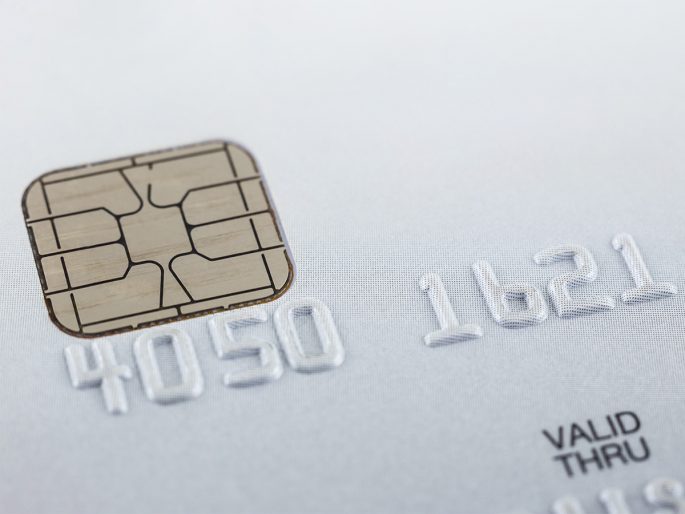All signs point to the outdoor EMV liability shift happening as scheduled in October. With only about 8 months left to complete the outdoor EMV migration, it’s critical that fuel site operators take EMV implementation seriously.
A recent webinar presented by Conexxus outlined several reasons why making EMV a priority is so important:
- For most fuel sites, the EMV migration will require the planning and coordination of several steps. It’s a process, not a one-and-done.
- A lack of technicians will result in overtime charges on invoices. These costs will escalate as the deadline approaches.
- Costs associated with fraud liabilities have reached amounts that will diminish a site’s competitive advantage.
- The United States gas station forecourt has been identified as one of the most vulnerable fraud targets in the world.
To become EMV ready at the fuel dispenser there are 4 key steps that need to be completed:
- Work with your Source representative or a technician to establish the scope of the fuel site’s hardware and software requirements. Specifically check the capabilities of the dispenser payment terminal, the card reader, site connectivity and payment processing software. Consider other in-dispenser investments that may drive revenue (such as contactless payment readers and advertising platforms) to coordinate multiple upgrades simultaneously.
- Work with a certified technician to replace or upgrade dispensers to be EMV ready and to address site connectivity. According to the Conexxus webinar, most sites will not need to dig up wiring to obtain adequate TCP/IP connectivity, but some supplemental technologies may be needed.
- Upgrade payment software. This may need to be done on-site, or it may be able to be completed remotely. Contact the payment host to confirm that EMV processing is set up and activated on their end.
Watch the Conexxus webinar, “Are You Ready for Oct. 1, 2020? Part 2: Practical Considerations for Implementing Outdoor EMV” for many more tips about completing the EMV migration.




